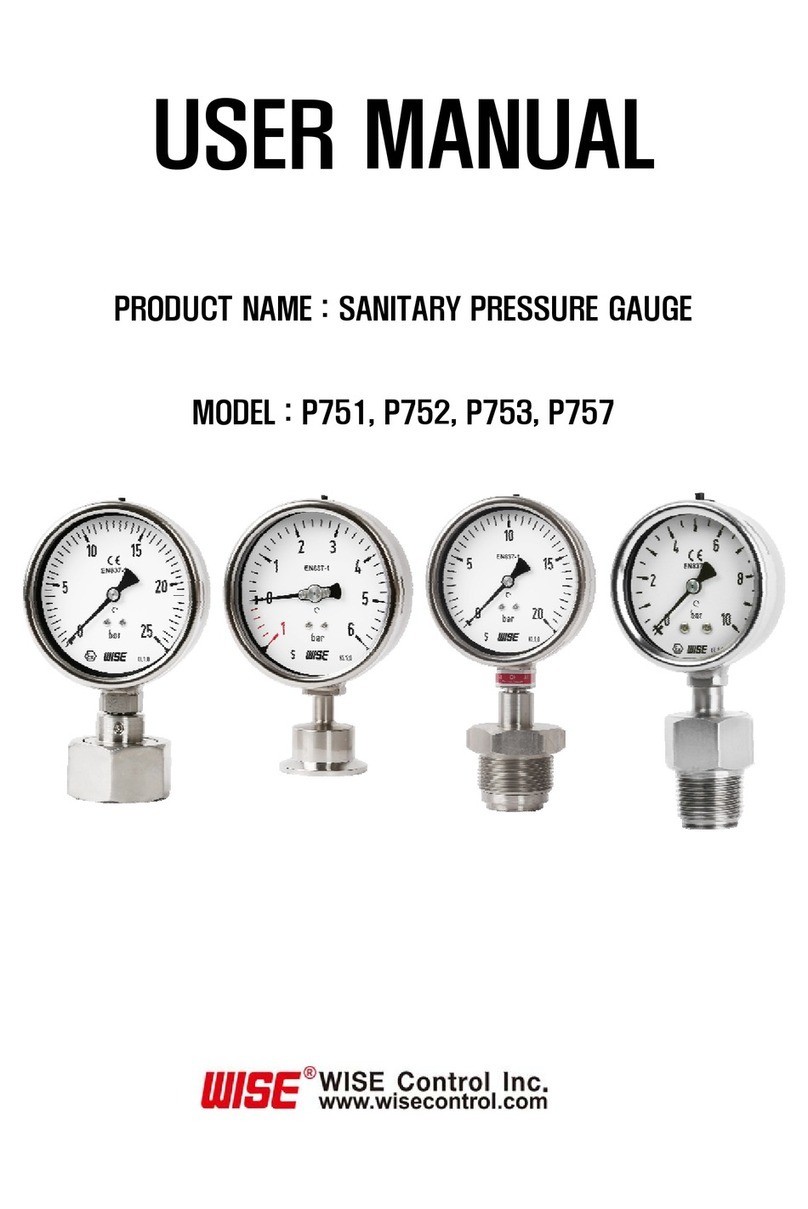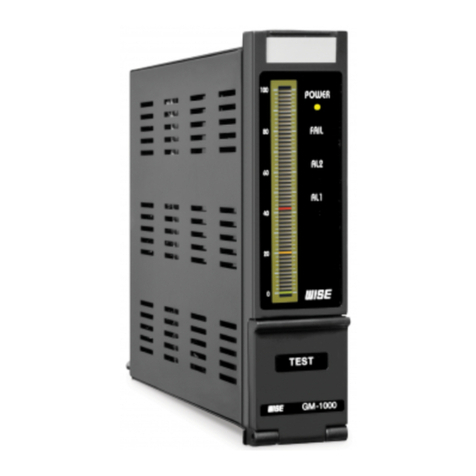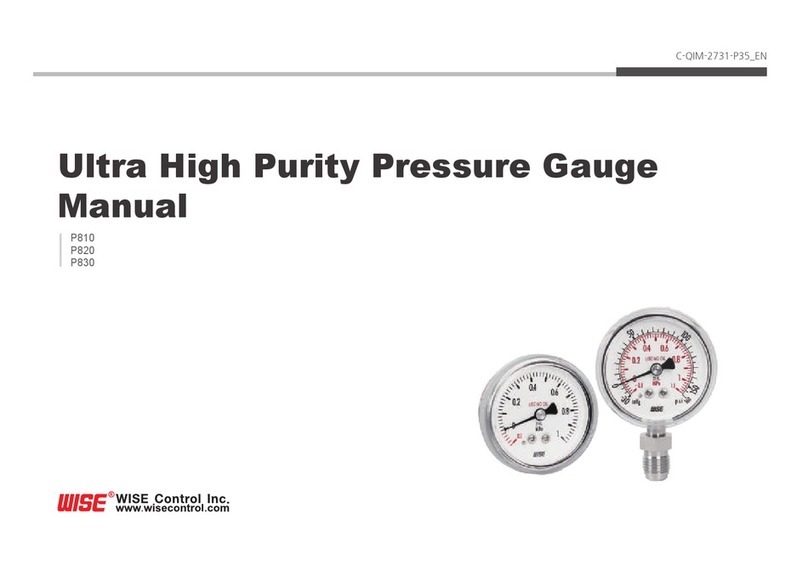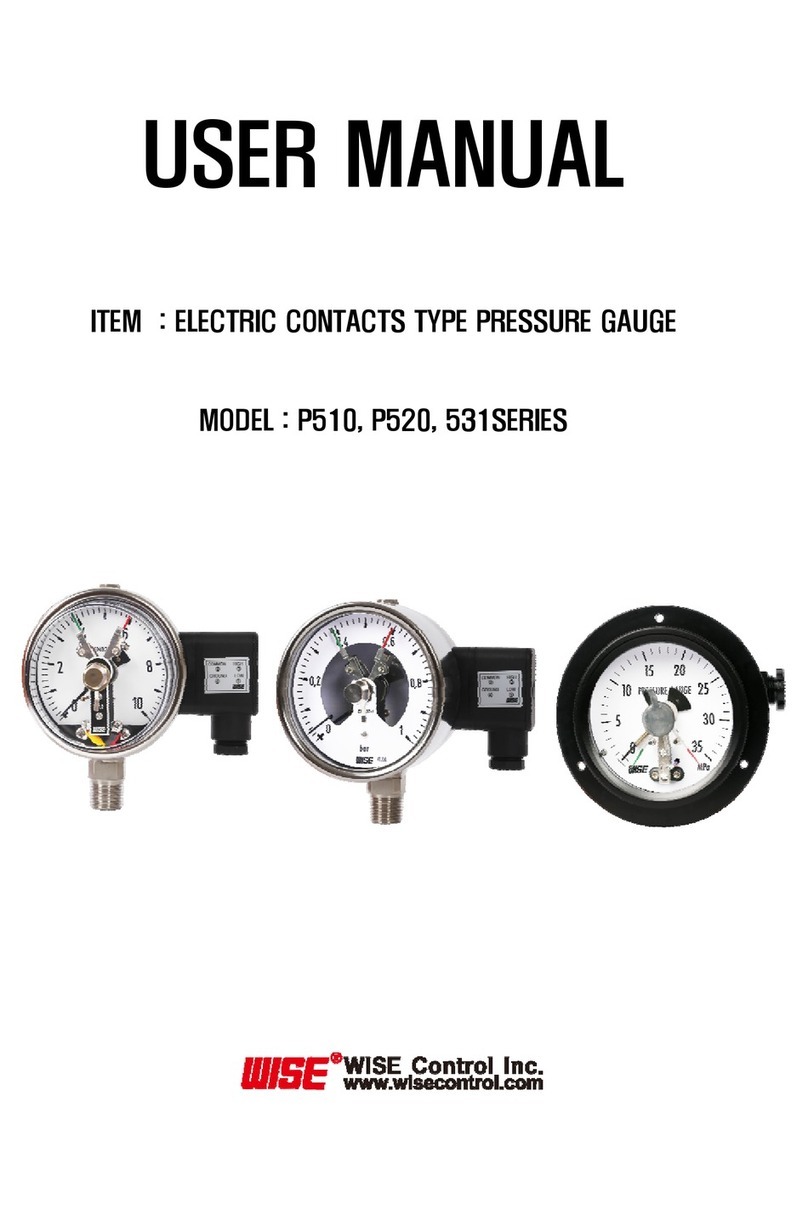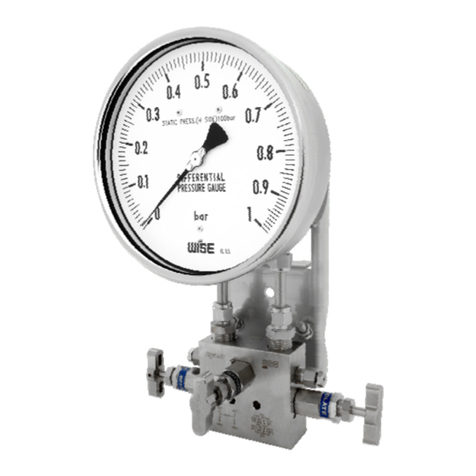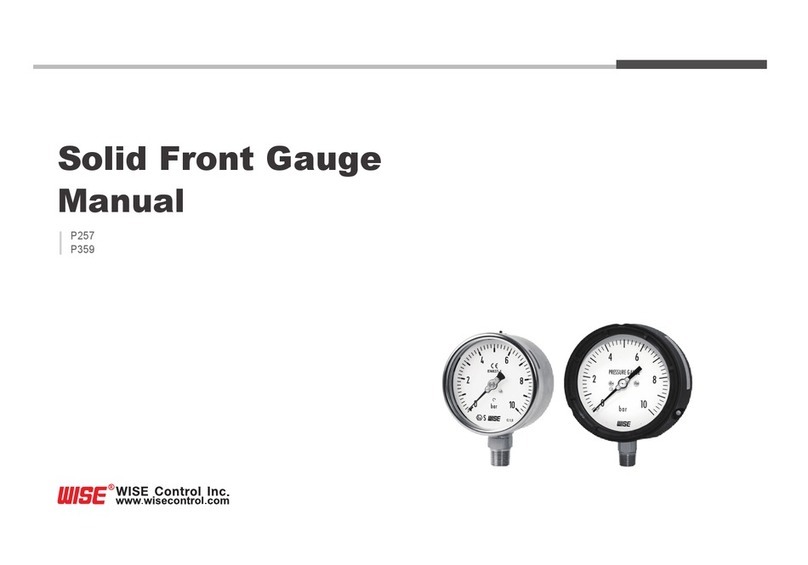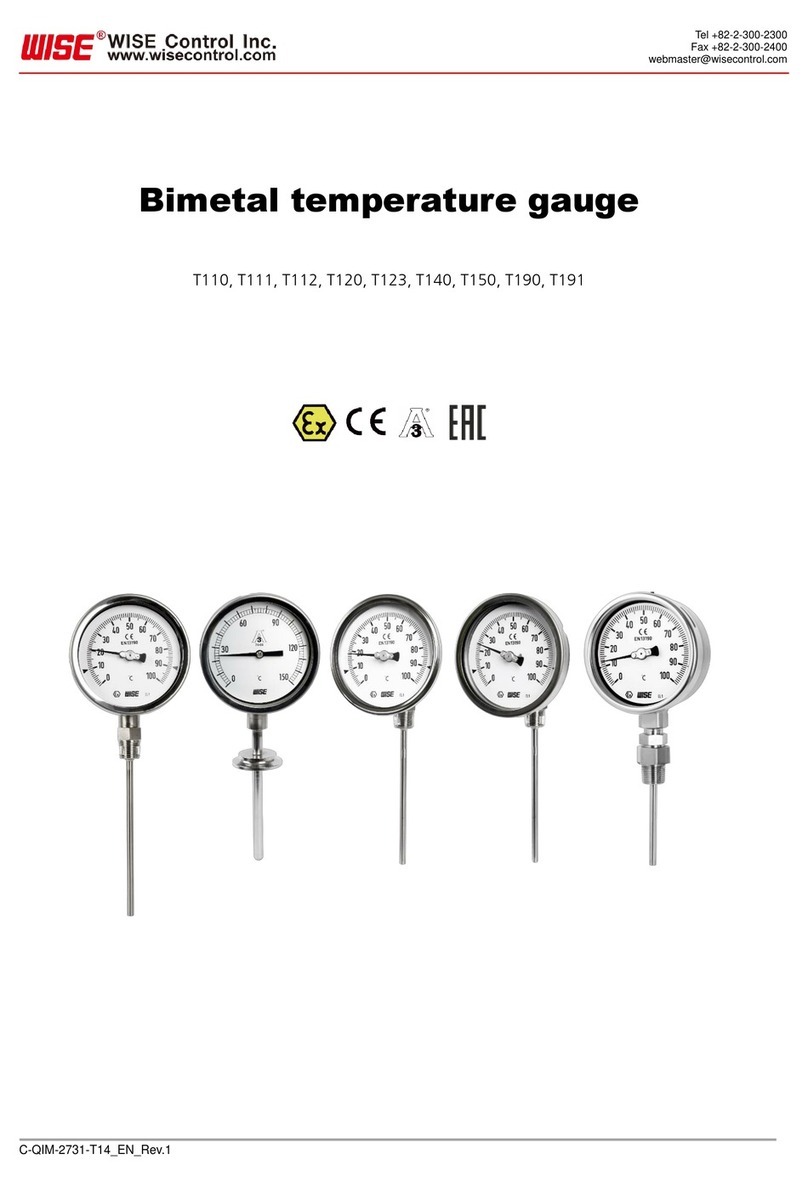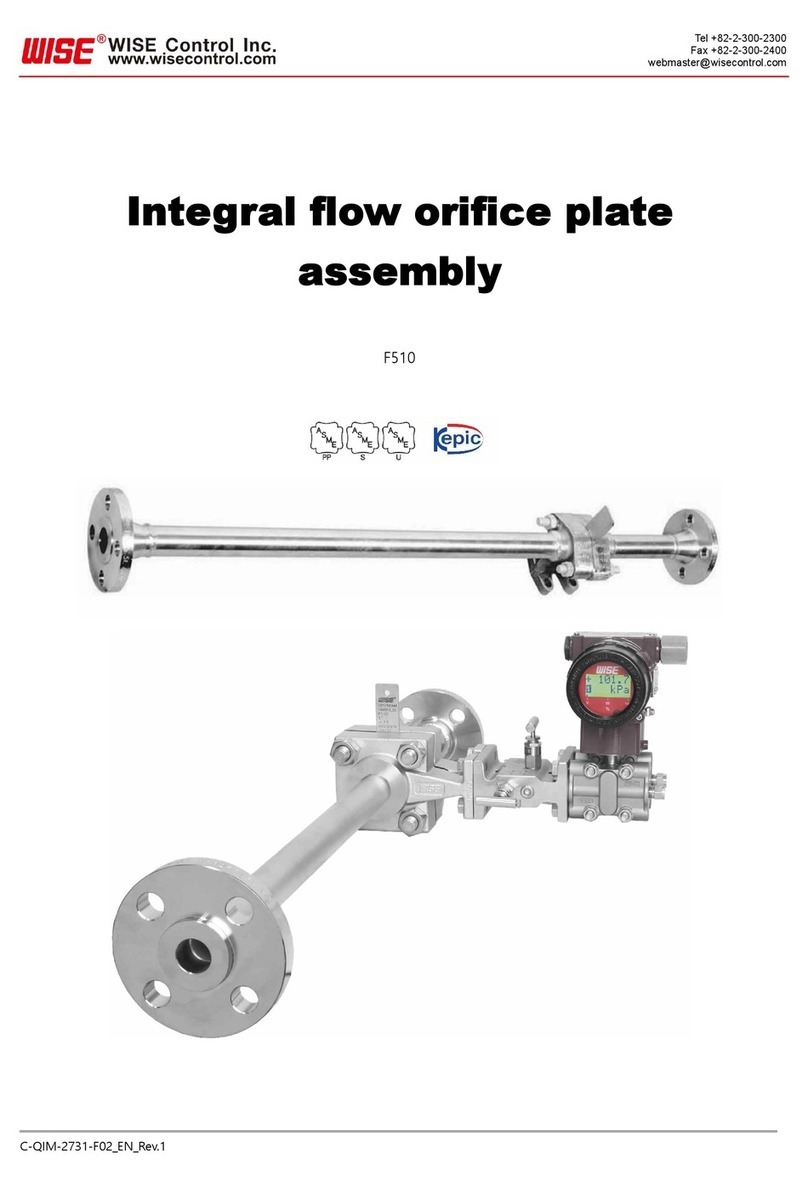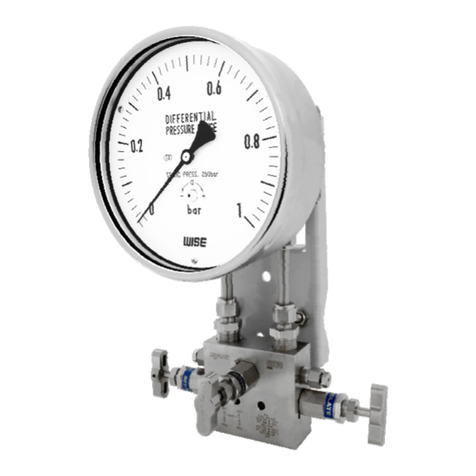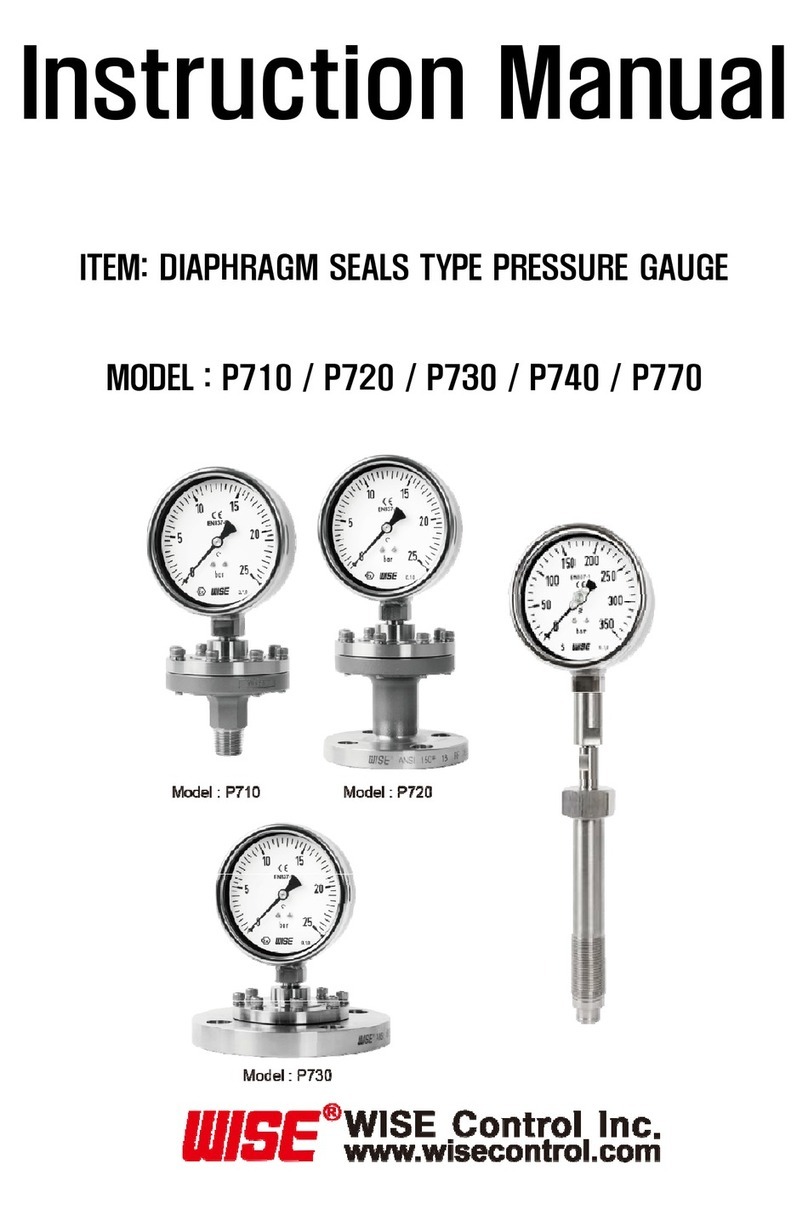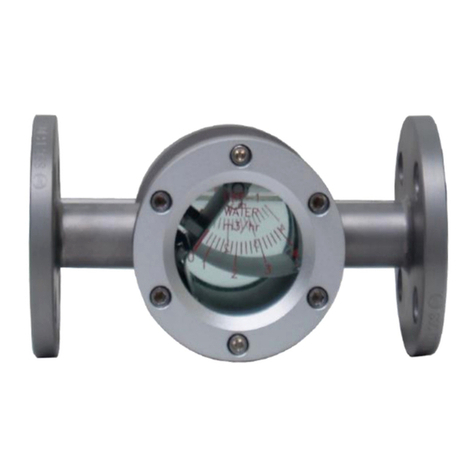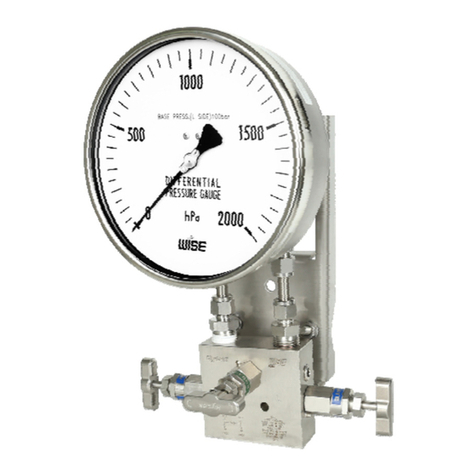
1
Tel +82-2-300-2300
Fax +82-2-300-2400
Contents
1. General items......................................................................................................................3
1.1 Introduction.........................................................................................................................3
1.2 Application..........................................................................................................................3
1.3 Warranty............................................................................................................................. 3
2. Warning...............................................................................................................................4
3. Main specs..........................................................................................................................5
3.1 Explosion-proof...................................................................................................................5
3.2 Protection grade.................................................................................................................5
3.3 Temperature sensor types .................................................................................................5
3.4 Accuracy and tolerances....................................................................................................5
4. Design.................................................................................................................................7
4.1 Structure............................................................................................................................. 7
4.1.1 Basic type........................................................................................................................7
4.1.2 Spring loaded type ..........................................................................................................7
4.1.3 Remote type.................................................................................................................... 7
4.2 Head...................................................................................................................................8
4.3 Detector unit and process connection unit material...........................................................9
4.4 Process connection unit................................................................................................... 10
4.4.1 Sheathed cable (MI cable) type..................................................................................... 10
4.4.2 Remote type.................................................................................................................. 11
4.5 Relationship between process connection unit length and head temperature increase.. 12
4.6 Transmitter failure (NAMUR NE43)..................................................................................13
4.7 HART® Communication...................................................................................................14
5. Installation guide ...............................................................................................................15
5.1 Pre-installation checks and precautions........................................................................... 15
5.2 Installation requirement.................................................................................................... 17
5.3 Changing orientation of display........................................................................................18
5.3.1 WTT-3000...................................................................................................................... 18
5.3.2 Rosemount644H, TMT82..............................................................................................18
5.4 Power connection requirement.........................................................................................19
5.5 Disassembly requirement................................................................................................. 19
6. Wiring ................................................................................................................................20
6.1 Extension & compensation wire....................................................................................... 20
6.1.1 Thermocouple (TC) ....................................................................................................... 20
6.1.2 Resistance thermometer detector (RTD)......................................................................20
6.2 Precaution for wiring......................................................................................................... 21
6.3 Earthing............................................................................................................................22
6.4 Terminal block wiring........................................................................................................ 23












